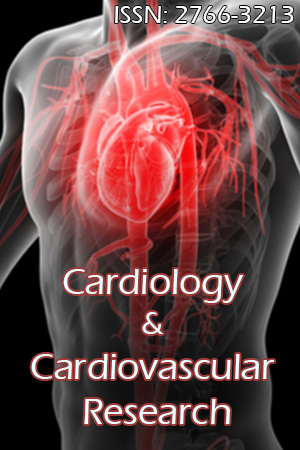Chest Strikes, Back Slams, and Coughing to Promote Early Reflow in STEMI
Andrew K Hoffmann
This paper presents a new first-line emergency treatment hypothesis for confirmed or suspected ST-Elevation Myocardial Infarction (STEMI), at home or in the field, in the hopes of providing early restoration of blood flow to the presumed, acutely thrombosed epicardial coronary artery. The therapy, transthoracic Thrombo-Agitative Percussion (tTAP), consists of robust, patient self-inflicted “fist strikes” to the left and right of the sternum, preferably with deep forceful coughing, and optionally with “upper back slams” (self-administered or delivered by a bystander), in the hopes of promoting early clot disruption and recanalization of the culprit vessel. ST elevation is optimally confirmed by a surveillance wearable, whereafter thrombo-agitative maneuvers begin immediately, taking advantage of an underappreciated vulnerable period while clots (seconds old) are still loosely bound, weakly adherent, platelet aggregates. New penetration studies are submitted demonstrating that tTAP maneuvers, all when delivered with enough force, can cause substantial displacements to the epicardial surfaces of the heart where the coronaries are located, which supports the thrombo-agitative mechanism of the therapy. Moreover, benchtop pilot work is presented showing how gentle, extra-luminally applied serial compressions applied upon a clotted, flexible tube system (sized to resemble a coronary artery), substantially disaggregate and fragment fresh, newly formed clots. There are, of course, many possible added risks for administering tTAP to a heart attack patient, the discussion of which is a primary focus of this paper. Indeed, at this, the “concept phase”, tTAP raises many more questions than answers, and to many will be seen as mad, potentially dangerous science, but the theory and preliminary data are herein provided to get the discussion flowing.

